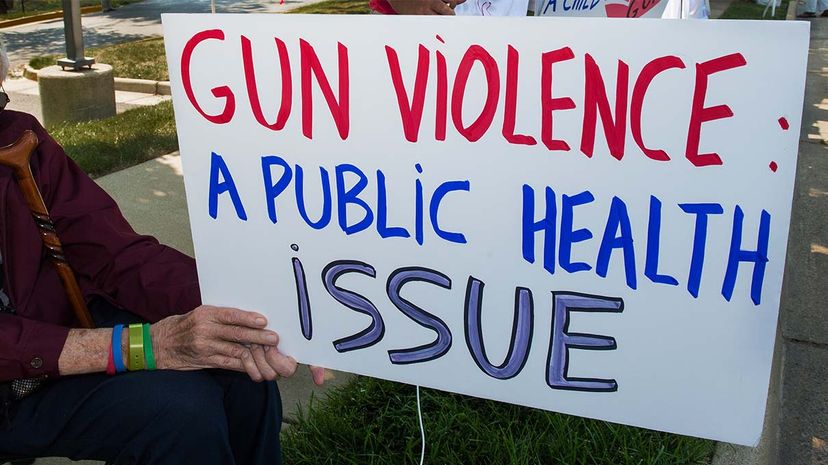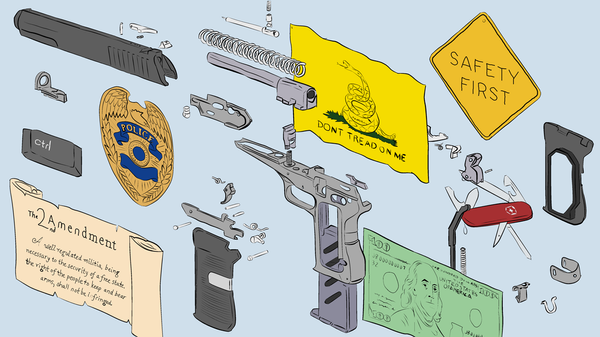Rivara says the Dickey Amendment was a reaction in part to studies such as this one that he, Kellermann and other researchers published in the New England Journal of Medicine in October 1993. They found that having a gun in the home actually was associated with an increased risk of homicide rather than making a person safer. Such research "brought to people's attention the idea that gun violence was a public health problem," Rivara explains.
But the view of gun rights supporters was that the government-funded researchers were biased. "It's not objective data gun control advocates seek," Chris Cox, executive director of the National Rifle Association Institute for Legislative Action, argued in this 2015 opinion piece in Politico. "They have a predetermined outcome. Now, they just need some government-sponsored, taxpayer-funded data points to validate their anti-gun agenda."
Opponents of gun control in Congress reinforced the research ban. Two years after a 2009 study, funded by the National Institute on Alcohol Abuse and Alcoholism, found that individuals in possession of a gun were 4.46 times more likely to be shot in an assault than those not in possession. Congress expanded the research restrictions to all agencies in the Department of Health and Human Services.
This ban expansion has had a profound impact. A study published in the Journal of the American Medical Association on Jan. 3, 2017 found that between 2004 and 2014, the U.S. saw about 350,000 firearms-related deaths. Based upon the amount of funding for research on other top causes of death, a statistical model predicted that gun research should have received nearly $1.4 billion in federal funding, and generated nearly 39,000 published studies. Instead, gun research got just $22.1 million, and produced only 1,738 studies in that period. (Here's a 2017 article from The Trace that explains the research.)
"I think it's set us back tremendously in terms of research on the impact of guns on public health," Dr. David Satcher, who headed the CDC at the time the Dickey Amendment originally was imposed, says. Satcher, who also later served as Surgeon General during the Clinton Administration, says the Dickey Amendment "sent a couple of messages. It said, you won't have the money, but also we don't want you doing the research."

